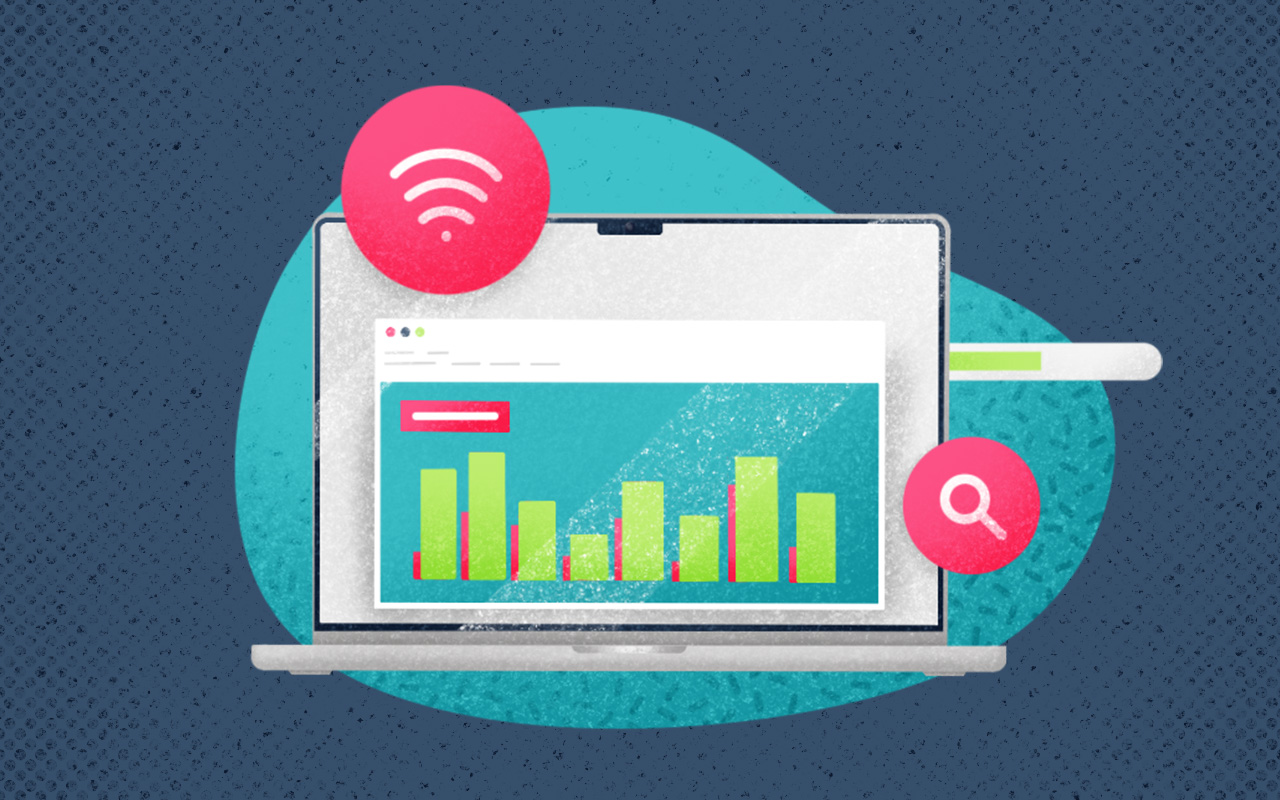Organizations use an average of 130 software applications (SaaS).
Which sounds outlandish, but if you think about it, almost everything is digital nowadays in some capacity. And to cover all areas of a business (Operations, Human Resources, Sales…), you need multiple tools. Sure, there’s some overlap, but for example, HubSpot isn’t useful for Human Resources, but it is useful for Sales and Marketing. Therefore, more tools are needed.
Traditional ROI Metrics
The return on investment (ROI), in this case software, is the value gained from investing in the software compared to the costs incurred in purchasing the software licensing/ subscription. Evaluating ROI is fundamental for any IT department when assessing tools.
If the ROI is positive and aligns with your goals, continue investing and optimizing. If the ROI is negative or below expectations, consider adjustments or discontinuation.
ROI = (Net Gain / Cost of Investment) x 100
Standard ROI metrics include:
- Increased revenue: If the software contributes to increased sales or new revenue streams.
- Cost savings: If there are reduced labor (due to automation and/or improved efficiency) and resource costs.
- Improved customer satisfaction: If the software enhances the customer experience.
- Time savings: If there’s reduced time spent on tasks and/or processes.
- Competitive advantage: If the software gives you an edge over your competitors.
Non-traditional metrics that matter in software ROI
- Adaptability and Scalability – Will the tool help or hinder as your company expands to serve more customers? If your company pivots, can the software still support your needs? If not, what can? If the response is you’re only seeking a short-term solution, that’s fine as well, but make sure you know this up front.
- Employee Satisfaction and Productivity – When using the right tools, there should be a reduction in errors and employees’ need to rework problems. Resources need to boost employee satisfaction and productivity by automating tasks, reducing the need for monotonous, repetitive work, and simplifying complicated processes. Your company needs your employees, make sure they’re happy, and your company will benefit greatly.
- User Satisfaction and Experience – Few products with poor user experience excel long term. To avoid this pitfall, make sure you invest in software that increases user satisfaction (i.e., the ability for them to seek support for issues). Solve their problem, but also make the tool easy to use—they already have enough to do, don’t add more or you could risk losing a customer.
- Time Savings – Time is everything. Why not use technology to help you get some back and allow your employees to focus on the higher-level, more important tasks that need human ingenuity and brain power? Find the tools to help you save time and let people continue to be creative and solve the world’s most pressing problems.
- Compliance and Risk Mitigation – For a lot of industries, especially those in healthcare or finance, where private and personal data is involved, data security is essential. That said, it’s also easy to forget when renewals are needed, or processes need to be updated. If this is an issue for you and your company, with the right software, this can be eliminated or at the very least, significantly reduced.
- Environmental Impact – Every company is looking at ways to be more environmentally friendly and appeal to ESG standards. Just as you want your physical products to be environmentally friendly and ethically sourced, you want your software to have a positive impact on the environment and participate in Green IT initiatives.
While there are plenty of measurements for you to assess the potential success of an investment, there’s no one way to do it. Measure the KPIs and information that’s relevant to the core problem you’re solving. For example, if you need to solve the ticketing system lagging any time more than 15 tickets are submitted, do it. Market share may not be top of mind in that case, and that’s okay. Focus on the problems at hand and how you can have the biggest impact –continue growing your company (by also appealing to current customers).
Infographic – The status of SMB IT in 2026
Explore how AI, automation & integrated ITSM/ITAM are reshaping IT strategy—at every scale.


